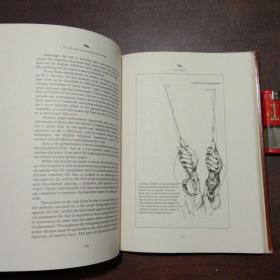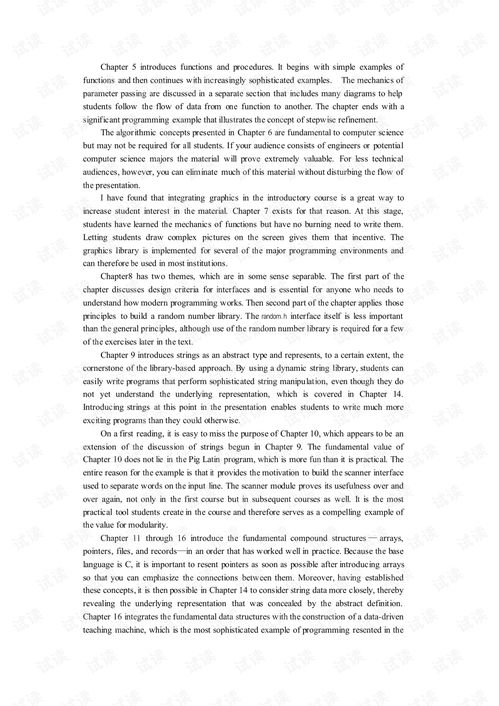Content:
Introduction: Fly fishing, an ancient and revered sport, requires a blend of skill, patience, and precision. One of the key tools in a fly fisher's arsenal is the rod rest, which not only provides a stable platform for your fishing rod but also enhances your overall angling experience. In this article, we will delve into how to use a fish竿架 (rod rest) effectively to improve your fly fishing techniques.
Understanding the Fish竿架: Before we dive into the techniques, it's important to understand the different types of rod rests available. The most common types include the tripod rod rest, the rod holder, and the portable rod rest. Each has its own advantages and is suitable for different fishing environments.
Tripod Rod Rest: The tripod rod rest is a stable and versatile option that can be used in a variety of settings. It typically consists of three legs that are adjustable to fit uneven terrain. The rod is then placed on a horizontal bar that is secured to the legs.

Rod Holder: Rod holders are often mounted on boats or kayaks and are designed to hold the rod securely while you are moving or reeling in fish. They come in various designs, including swivel holders and non-swivel holders.
Portable Rod Rest: Portable rod rests are ideal for anglers who are on the move or who want to set up a quick and easy fishing station. They are lightweight and can be easily packed away.
Techniques for Using a Fish竿架:
Selecting the Right Spot: When using a rod rest, it's crucial to choose the right spot. Look for a stable surface that is away from any potential hazards. If you are using a portable rod rest, make sure it is securely anchored to prevent it from being knocked over by waves or wind.
Setting Up the Rod Rest: For a tripod rod rest, extend the legs and adjust them to fit the terrain. For a rod holder, ensure it is securely mounted to the boat or kayak. For a portable rod rest, follow the manufacturer's instructions for proper setup.
Placing the Rod: Place the rod on the horizontal bar of the rod rest, ensuring that the tip of the rod is positioned at a comfortable height for casting. If you are using a swivel holder, make sure the swivel is aligned with the rod's tip to prevent twisting.
Adjusting the Rod Rest: Once the rod is in place, adjust the rod rest to ensure it is stable. For a tripod rod rest, make sure the legs are firmly planted on the ground. For a rod holder, check that it is securely fastened to the boat or kayak.
Casting with a Rod Rest: When casting with a rod rest, you may find that you have more control over your cast. Use the stable platform to practice your casting techniques and improve your accuracy. Remember to keep your feet shoulder-width apart for balance and to maintain a smooth casting motion.
Reeling in Fish: When a fish takes the fly, use the rod rest to maintain a steady and controlled retrieve. This will help you keep the line tight and prevent the fish from getting away. Adjust the rod rest as needed to maintain the desired tension.
Safety Precautions: Always be aware of your surroundings when using a rod rest. Ensure that the rod is not in a position that could cause injury to yourself or others. Also, be mindful of the weather conditions and adjust your setup accordingly.
Conclusion: Using a fish竿架 (rod rest) is a valuable technique that can significantly enhance your fly fishing experience. By selecting the right type of rod rest, setting it up properly, and utilizing it effectively during your fishing trip, you can improve your casting, reeling, and overall angling performance. So, the next time you head out to the water, don't forget to bring your rod rest and apply these techniques to catch more fish and enjoy a more rewarding day on the water.












